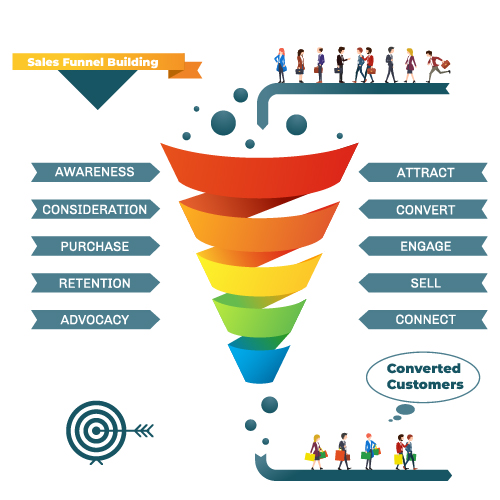Full Funnel Strategy
Full Funnel Strategy is a sales funnel that is the act of designing an organized and strategic path that leads potential consumers through different phases of the process of buying something. A sales funnel’s main objective is to turn leads into paying clients and, ideally, develop lasting connections with them.


